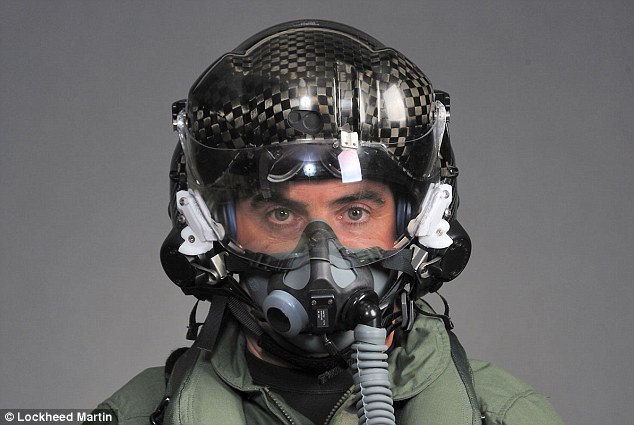This Lockheed Martin Military Helmet Will Cost $400,000 [VIDEO]
2015.04.03
You are looking at one of the most advanced headgear for a fighter jet - the F-35 Lightning II. The helmet lets pilots see through the plane itself and uses a set of six infrared cameras located throughout the fighter jet. which would give many more views of the outside world.
Which makes the visor not really a visor. It’s a screen that posts information the way some cars are now posting fuel and gas mileage on the windshield in what’s called a heads-up display. But beyond speed and altitude, F-35 pilots would see things such as the location of enemy aircraft or weapons on the ground.
“When the helmet’s tuned correctly to the pilot’s eyes, you almost step into this other world where all this information comes in,” said Al Norman, an F-35 test pilot for Lockheed Martin, the prime contractor. “You can look through the jet’s eyeballs to see the world as the jet sees the world.”
There will be no blind spots with this helmet.

According to The Washington Post:
The helmet sees through the plane. Or rather it helps the pilot see through the plane. When the pilots look down, they don’t see the floor of the plane; they see the world below them. If the pilots look back, they see the sky behind them. Embedded in the skin of the aircraft are six cameras, and when the pilots move their heads to look in a particular direction, they are actually seeing through the corresponding camera, which sends an image to projectors inside the helmet that beam an image of the outside world on the helmet’s visor.Which makes the visor not really a visor. It’s a screen that posts information the way some cars are now posting fuel and gas mileage on the windshield in what’s called a heads-up display. But beyond speed and altitude, F-35 pilots would see things such as the location of enemy aircraft or weapons on the ground.
“When the helmet’s tuned correctly to the pilot’s eyes, you almost step into this other world where all this information comes in,” said Al Norman, an F-35 test pilot for Lockheed Martin, the prime contractor. “You can look through the jet’s eyeballs to see the world as the jet sees the world.”
Check it out in action:
The fighter jet is pretty cool too:
More Articles
Copyright © Fooyoh.com All rights reserved.